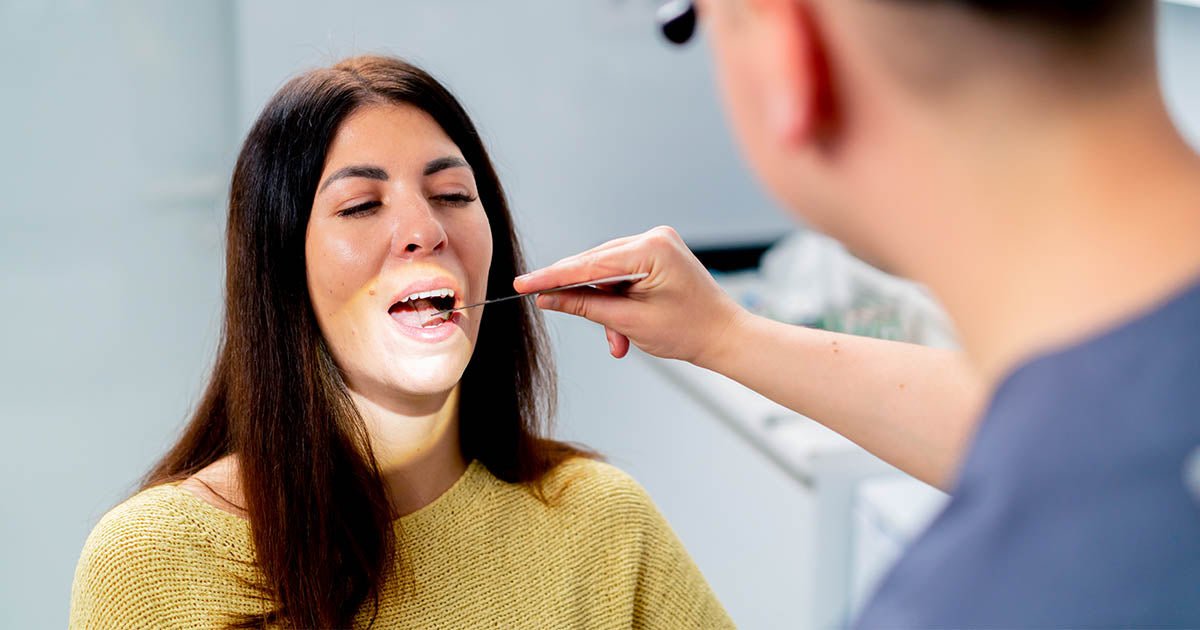Gagging can be an uncomfortable and distressing experience for many individuals, particularly in situations involving dental procedures, medical examinations, or even certain foods. For those who struggle with this reflex, the sensation can lead to heightened anxiety and avoidance of necessary care. Fortunately, various desensitization methods have been developed to help individuals manage and overcome their gag reflex, empowering them to engage more comfortably in essential healthcare and personal care activities.
This article explores the different desensitization strategies that can be employed to alleviate gagging, including gradual exposure techniques, breathing exercises, and cognitive behavioral approaches. By understanding these methods, individuals can take proactive steps toward regaining control over their gag reflex, thereby improving their overall quality of life and enhancing their ability to receive care without fear or discomfort.
Gradual Exposure Techniques
Gradual exposure techniques are among the most effective ways to alleviate the gag reflex. This method involves slowly introducing the individual to the triggering stimuli in a controlled environment, allowing them to gradually acclimate to the sensation. For instance, a healthcare provider might start by encouraging the patient to touch their tongue with a toothbrush or dental mirror, gradually increasing the challenge as the individual becomes more comfortable. This slow and systematic approach helps desensitize the gag reflex over time, reducing anxiety and allowing the individual to engage in necessary healthcare tasks with greater ease. Incorporating Affordable Desensitization Methods for Gagging can further enhance the effectiveness of these techniques, making them accessible to a broader audience.

Breathing and Cognitive Behavioral Strategies
In addition to exposure techniques, breathing exercises and cognitive behavioral strategies can play a significant role in managing the gag reflex. Deep, controlled breathing helps to calm the nervous system, promoting relaxation during potentially anxiety-inducing situations. Combining breathing techniques with cognitive behavioral approaches—such as reframing negative thoughts surrounding gagging—can empower individuals to confront and reduce their fears. By practicing these methods consistently, one can improve their coping mechanisms, decreasing the likelihood of experiencing a gag reflex during dental visits or when consuming certain foods.
In conclusion, desensitization methods for gagging can provide individuals with the tools they need to regain control over their reflexive responses in challenging situations. By employing gradual exposure techniques, breathing exercises, and cognitive behavioral strategies, individuals can effectively manage their anxiety and discomfort while undergoing necessary medical and dental procedures. These approaches not only promote a greater sense of comfort and ease in various healthcare settings but also encourage a proactive attitude towards personal care. With consistent practice and support, overcoming the gag reflex is achievable, leading to improved overall well-being and a more positive experience in encounters that may once have seemed daunting.

